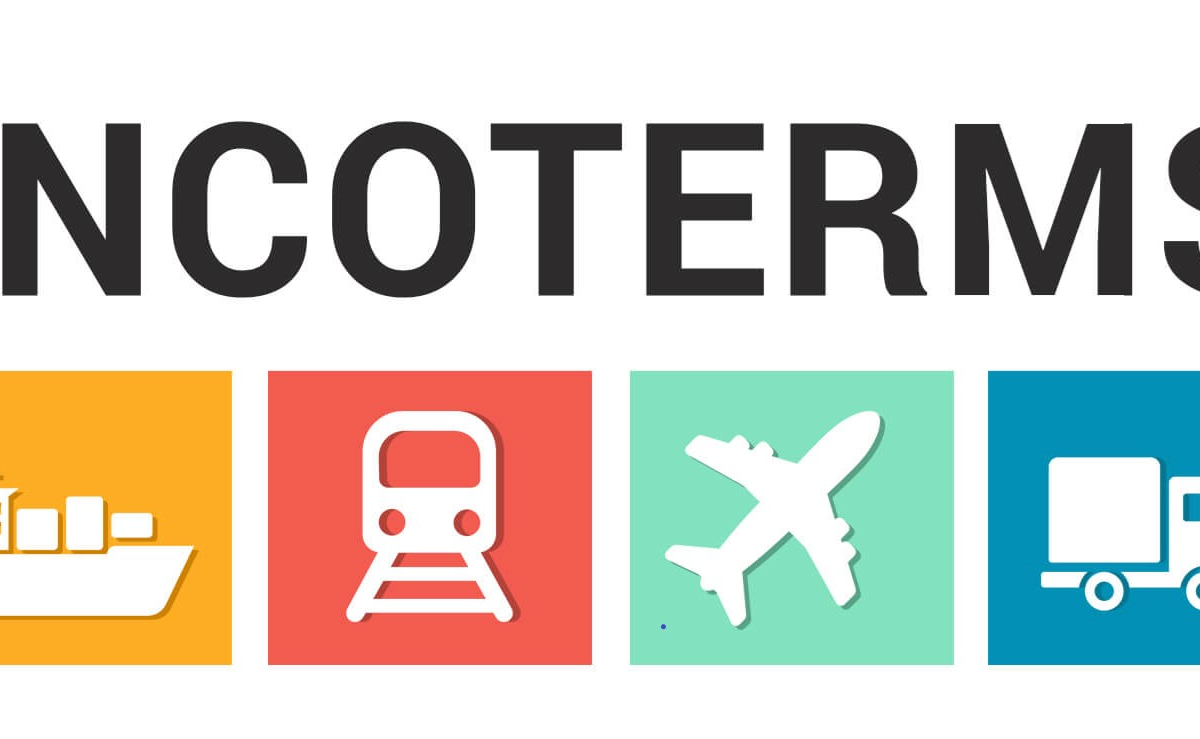This article is written by Austin Garcia
Global Trade Shifts Under a New Administration
Following the recent U.S. election, global trade dynamics are poised for significant changes. The new administration’s policies on trade and tariffs have global markets preparing for change.
Economic Opportunities and Protectionism
Supporters of the new administration see a chance for positive change. They hope to renegotiate trade agreements. This could create a more balanced global trade environment. There is potential for increased domestic investment and job growth. Conversely, European leaders are concerned about protectionism. They worry that new tariffs could alter trade balances. A 15% tariff has been established on most European goods, which may impact economic growth.
Mexico’s Manufacturing in Focus
Mexico’s manufacturing sector is a key economic pillar. It has shown steady growth in recent years. Industries like automotive and electronics have flourished. These sectors benefit from skilled labor and competitive costs. However, new tariffs could raise vehicle costs. This could reduce demand for Mexican-made cars.
U.S.-China Tensions and Nearshoring
Mexico’s automotive industry relies heavily on U.S. demand. Over 80% of Mexico’s vehicle exports went to the U.S. in 2022. New tariffs could complicate nearshoring strategies. Furthermore, the anticipated 100% tariffs on Chinese components are a concern. This is because China supplies many parts for Mexican manufacturing. Manufacturers may need to find new suppliers.
The Impact on U.S. Consumers
The National Retail Federation warns tariffs are a consumer tax. Current tariffs already cost households thousands of dollars annually. Further hikes could push these numbers even higher. Increased prices could also affect holiday spending. Products from Mexico, like appliances, could become more expensive. This may dampen consumer spending.
Risks to UK Economic Growth
The National Institute of Economic and Social Research warns of risks. Proposed U.S. tariffs could cut UK economic growth by 50%. This could also elevate inflation. The U.S. is a top destination for UK exports. Heightened tariffs could impact key sectors like aerospace and pharmaceuticals. This could lead to a reassessment of trade routes and partners.
Preparing for Supply Chain Disruptions
The election outcomes highlight the need for adaptable supply chains. Analysts encourage companies to monitor policy changes closely. Diversifying supply chains is also recommended. This helps mitigate risks from tariffs on specific countries. Strengthening local production is another strategy. Mexico, for example, could bolster its internal component production. This would reduce its reliance on imports.



